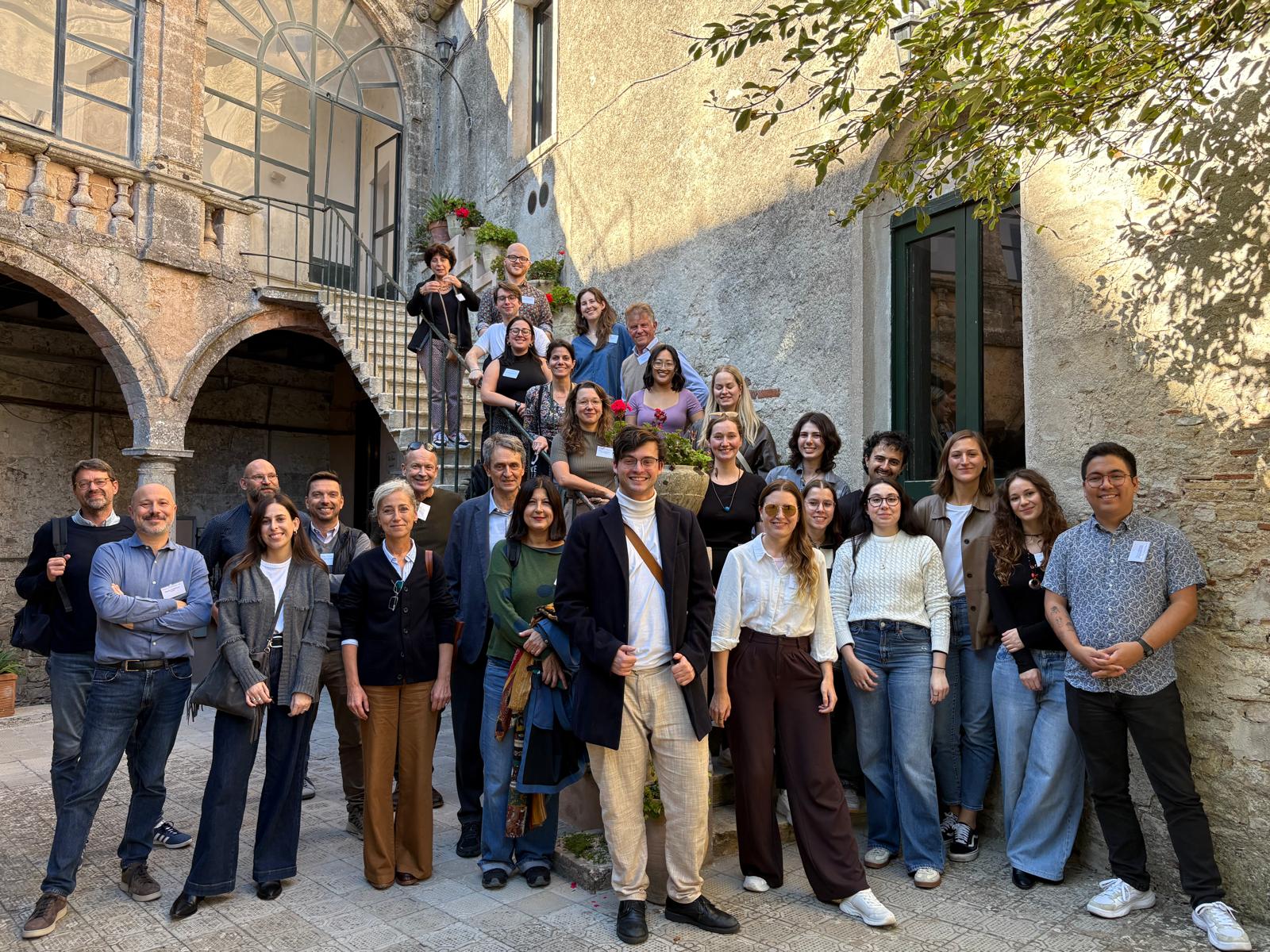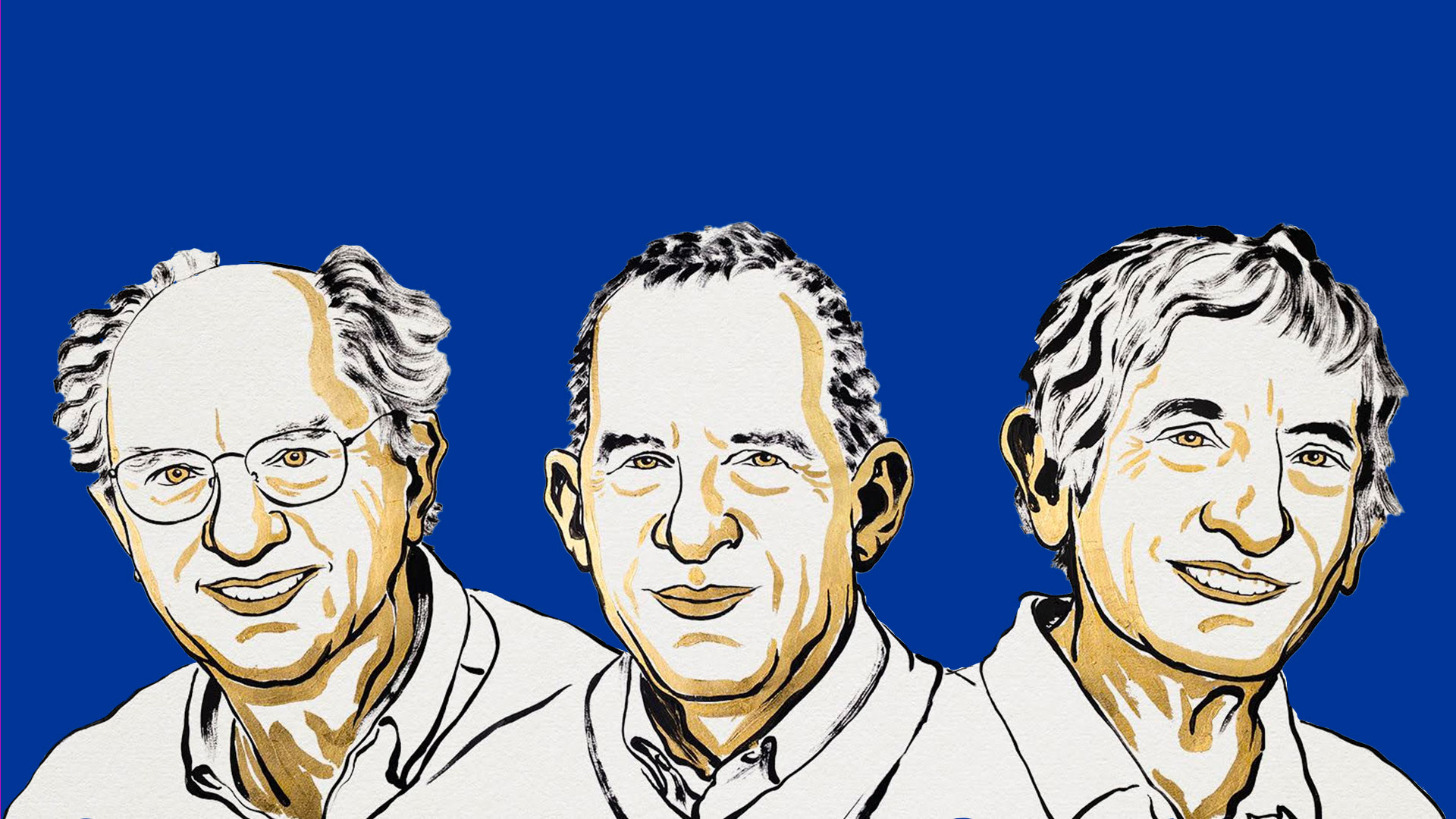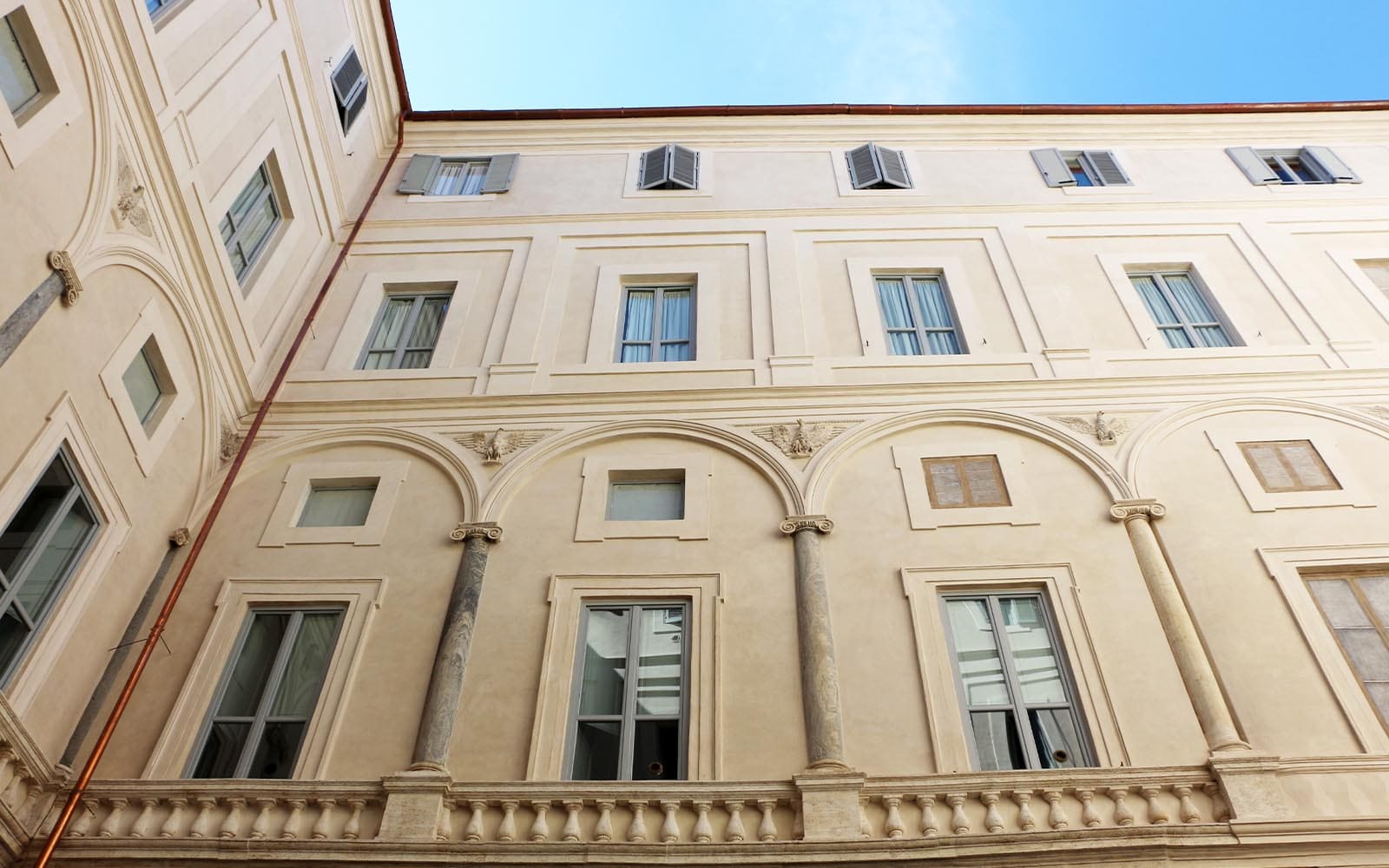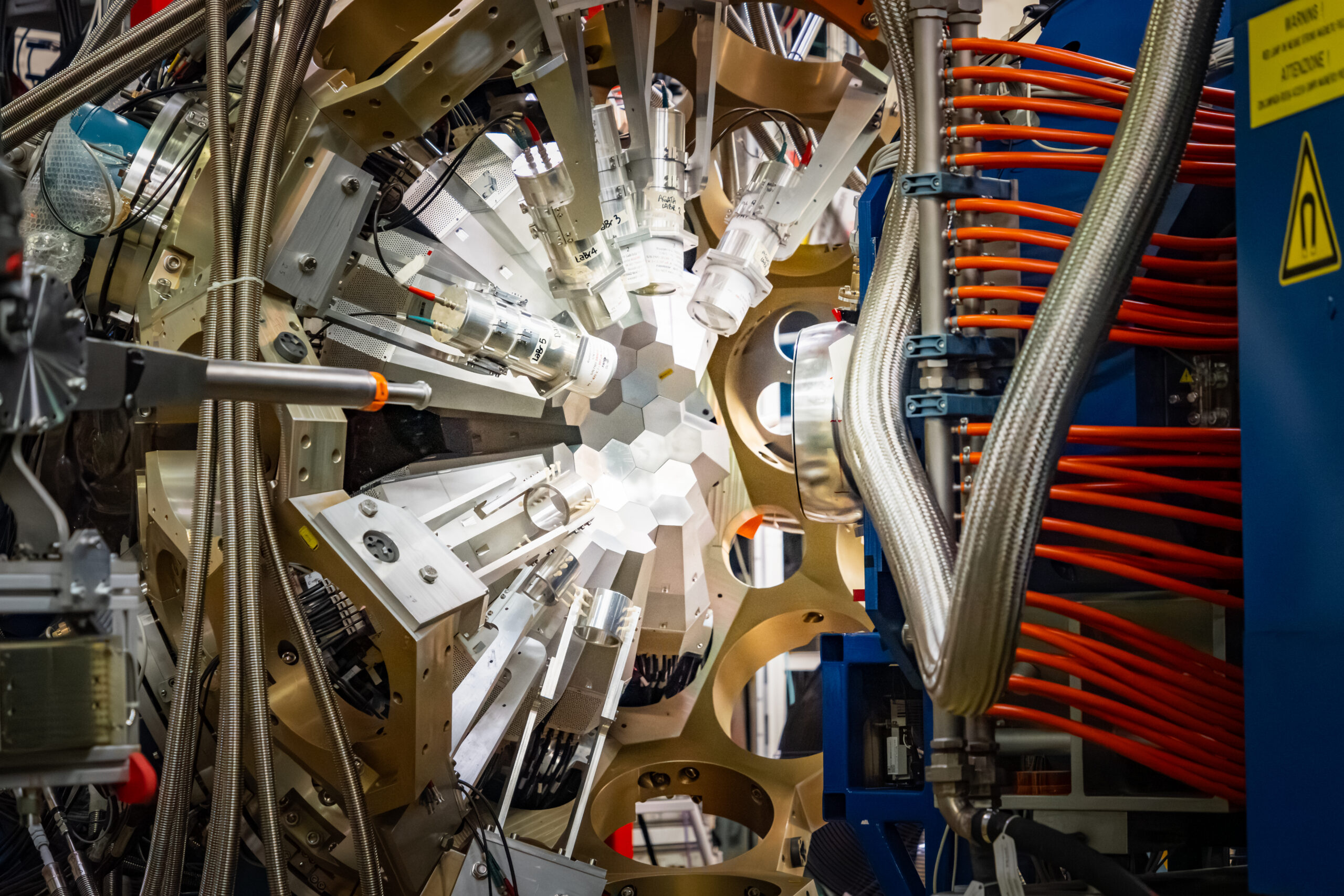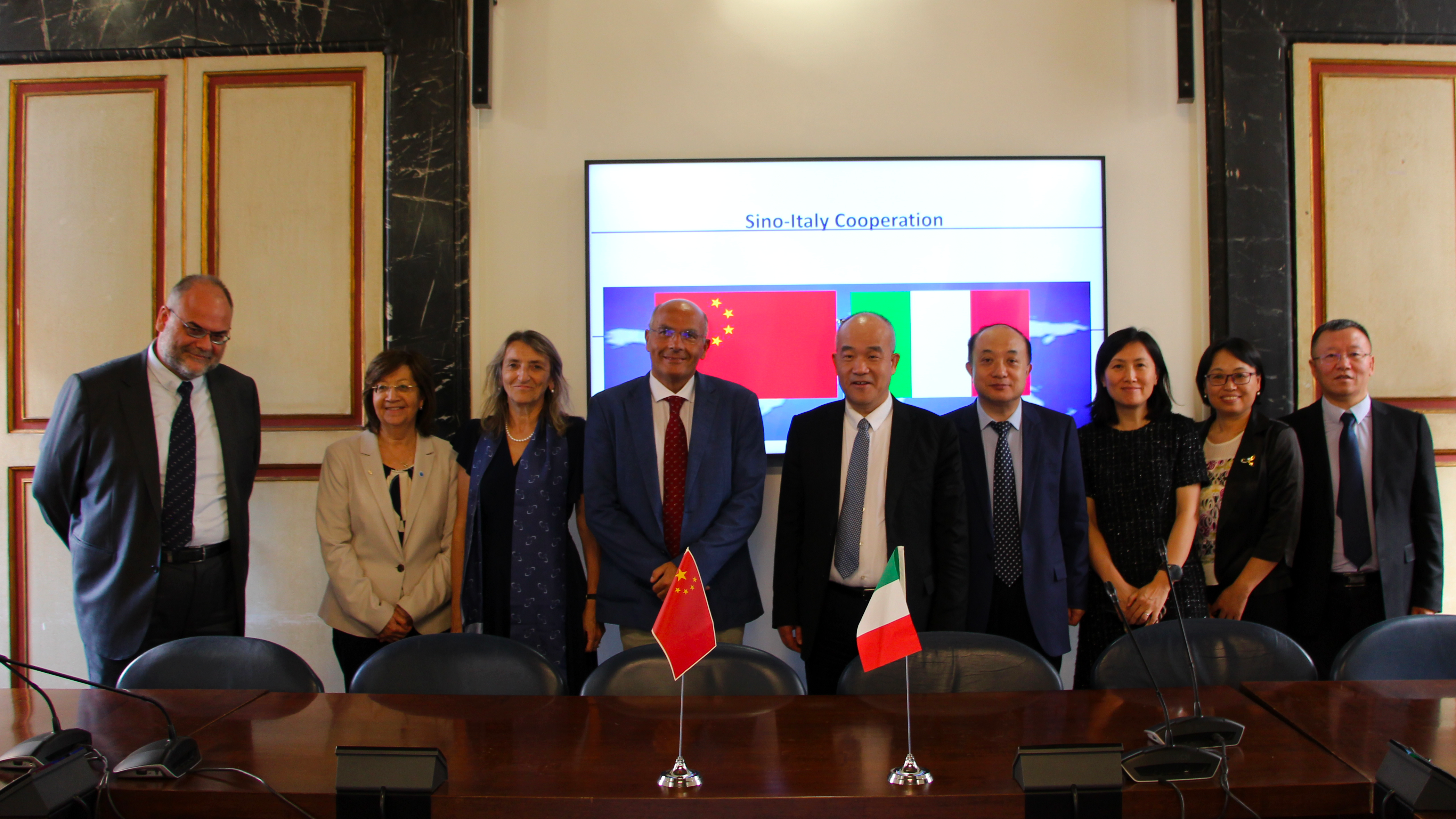In mid-January, a particle beam circulated for the first time in the SESAME (Synchrotron-light for Experimental Science and Application in the Middle East) synchrotron, in Amman, Jordan: an important step towards the start of scientific research activities of the first synchrotron light source in the Middle East. The mission of SESAME, a project based on the CERN model, is to give the Middle Eastern region a world-class research infrastructure, while promoting international scientific
cooperation. SESAME is a light source, based on a particle accelerator, that uses electromagnetic radiation emitted by electron beams. The experiments at SESAME will enable research in fields ranging from medicine to biology, materials science, physics and chemistry for health, environment, agriculture and archaeology sectors.
INFN has contributed to the development of the heart of the accelerator, the resonant cavities that accelerate the electrons, realized by Elettra, is building innovative detectors for the experiments and will provide the structure for hosting researchers: an Italian investment of 5 million euros for science and peace, obtained thanks to the commitment of the Ministry of Education, University and Research (MIUR). Promoted in the mid-90s and approved by UNESCO in 2002, SESAME saw the first brick laid in 2003. Under the auspices of UNESCO and thanks to the support of the worldwide community, SESAME
today represents a shining example of global commitment, which sees countries that have never sat at the same table working together for a scientific project. Italy is participating with INFN, Sapienza University of Rome, Elettra Sincrotrone Trieste and Città della Scienza. The first call for proposals for carrying out research at SESAME was recently published and the first experiments are expected to start in the summer of 2017.
